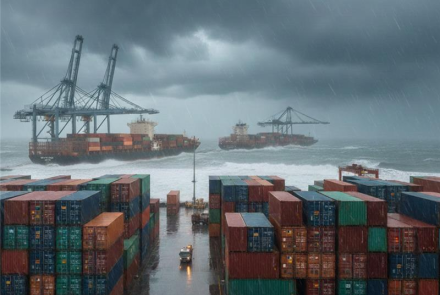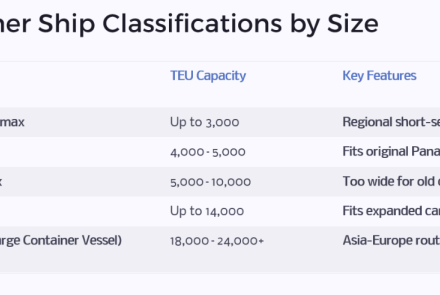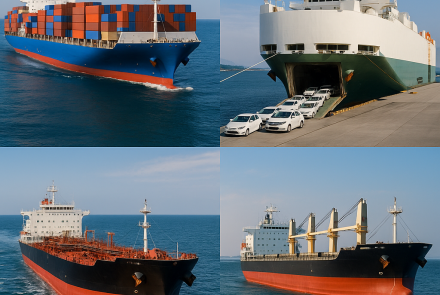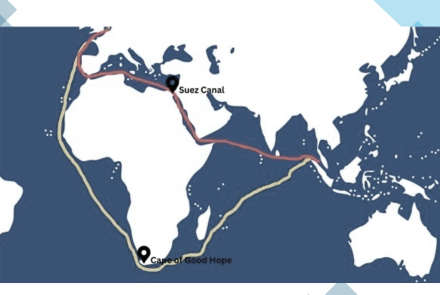What do we understand by “Cargo Rollover”?
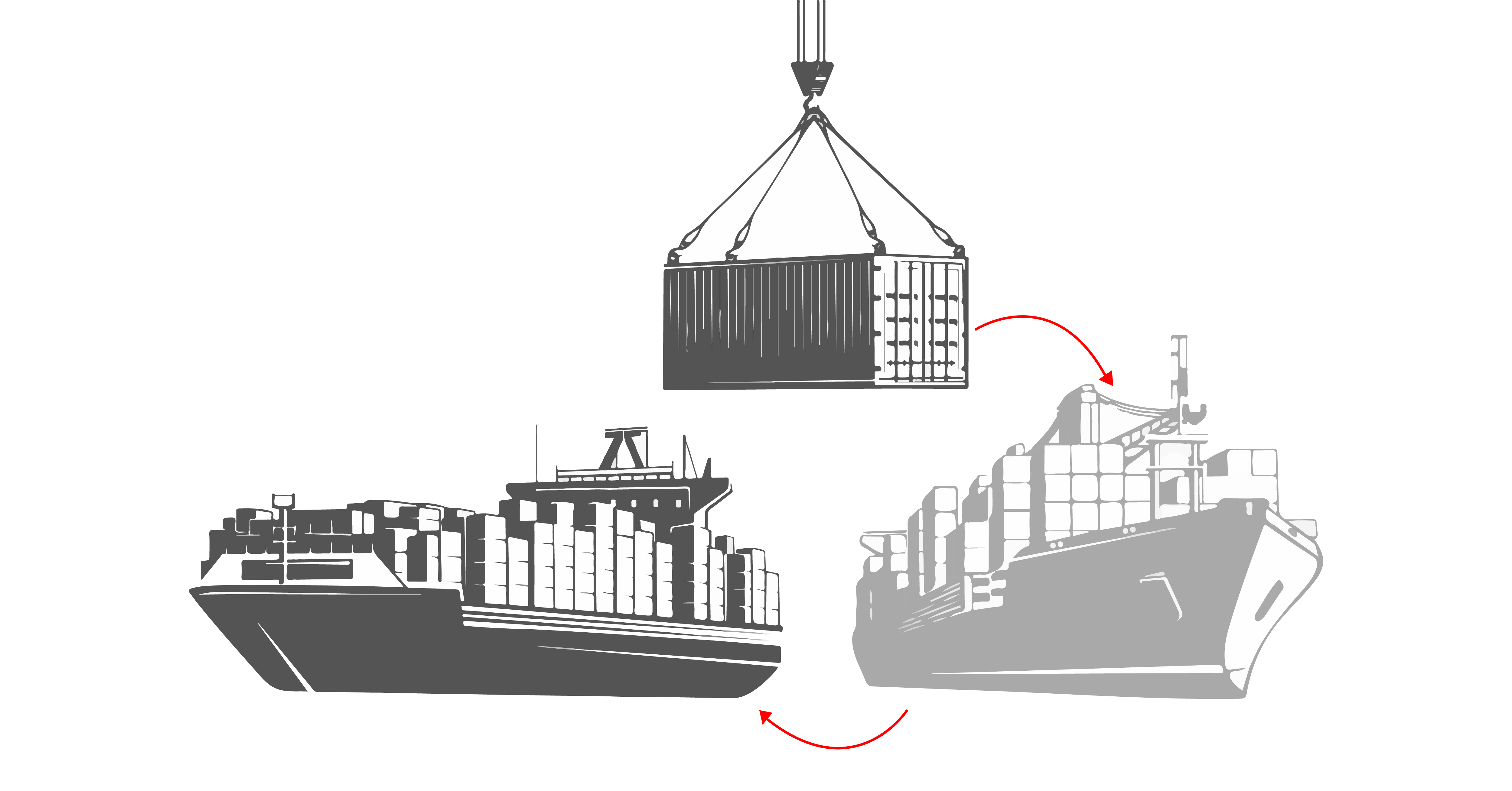
In the shipping industry parlance, the term “rollover” is used when containers scheduled to sail on a particular vessel are not loaded on it and are held back for loading on a subsequent vessel.
Rollovers can arise from:
*Overbooking of cargo that necessitates offloading containers.
*Cargo weight exceeding the maximum set limit for the vessel.
*A vessel skipping a particular port where the container was to be loaded.
*Incorrect documentation.
*Custom clearance disputes.
*Containers that require transshipment or those booked to lesser-known final destination ports. Such containers are loaded onto different vessels at several transshipment ports, so they face a higher possibility of missing a connecting vessel.
*Mechanical problems with a vessel.
Overbooking and mechanical problems are beyond the control of a shipper, and in such instances, the carrier assumes responsibility to reschedule the shipment with all additional charges covered by the carrier.
What are the best practices a shipper can employ to lessen the adverse outcomes of cargo rollover?
* When the freight forwarder receives a rollover intimation from the carrier, inform all connected supply chain partners to prepare an emergency plan.
* Book the cargo early and ensure thorough documentation for smooth customs clearance.
*Have flexible sail dates to cushion harmful impacts on supply chains.
*Partner with reliable and experienced freight forwarders for efficient cargo handling.
*Stay away from peak seasons and a long stretch of holidays.
*Bill of Ladings should ideally be split to match the number of containers. So in the event, a carrier chooses to rollover a container based on a chosen Bill of Lading, the other containers of the same shipper manage to obtain a place in the vessel. In contrast with this scenario, if several containers are documented in a single Bill of Lading, a decision to rollover would have a bearing on all the containers of that specific shipper.
*Choose carriers sailing on direct routes; avoid transshipment routes wherever possible.
- Log in to post comments



